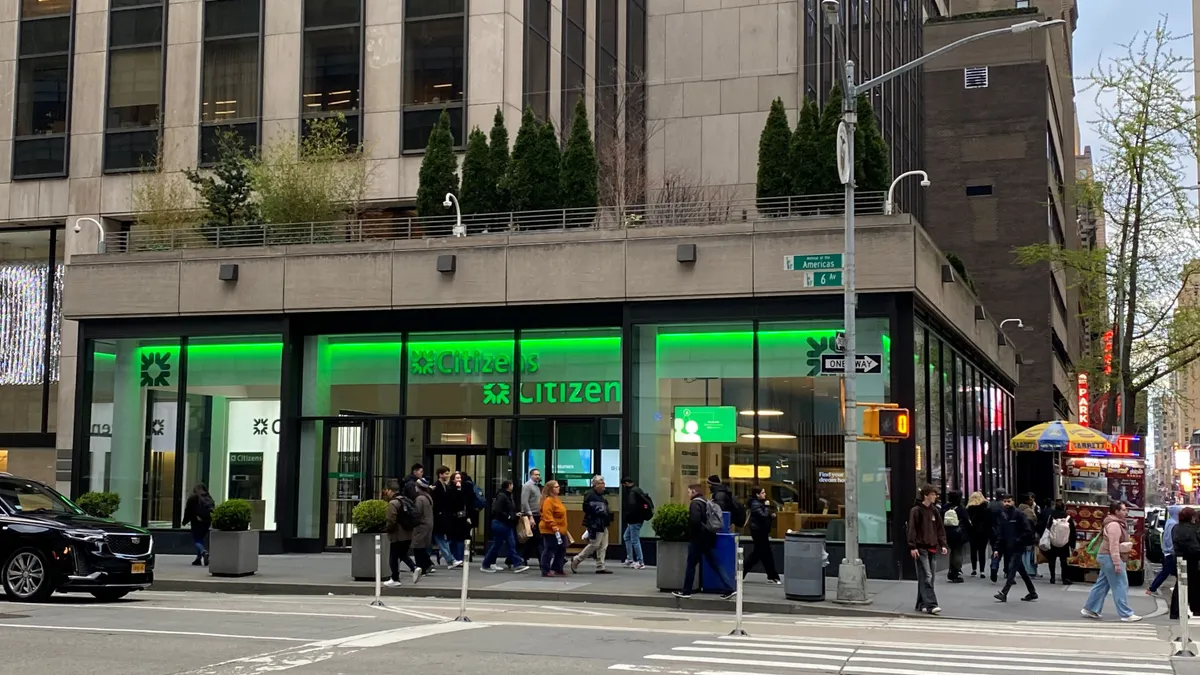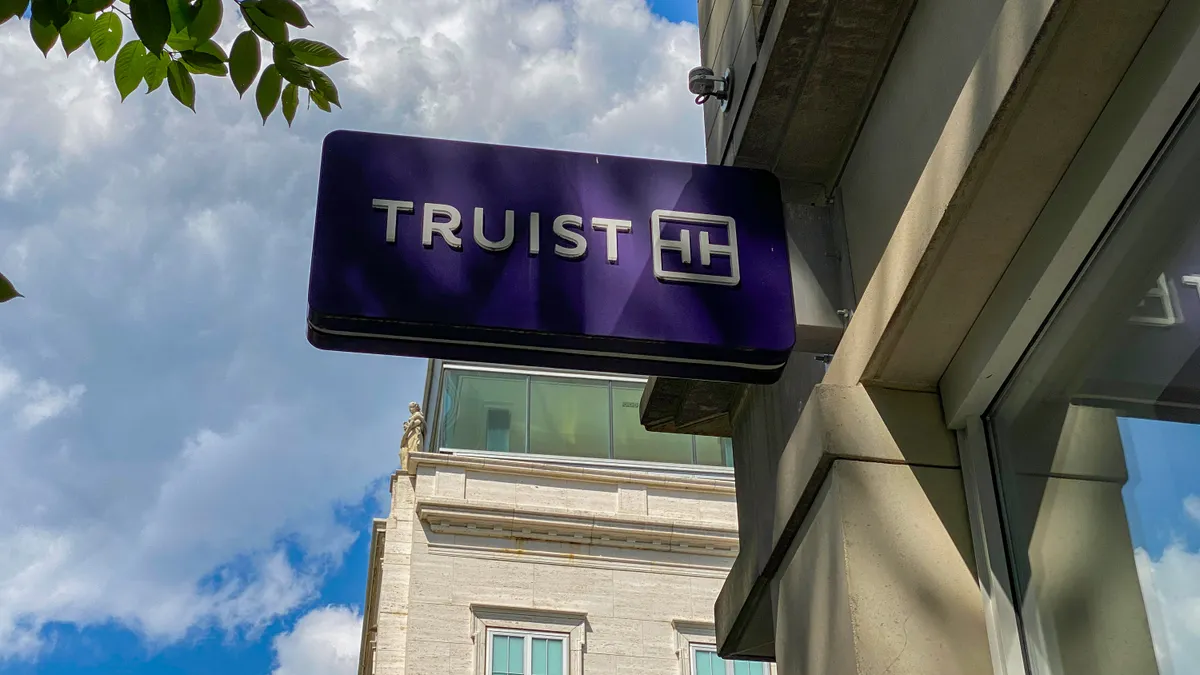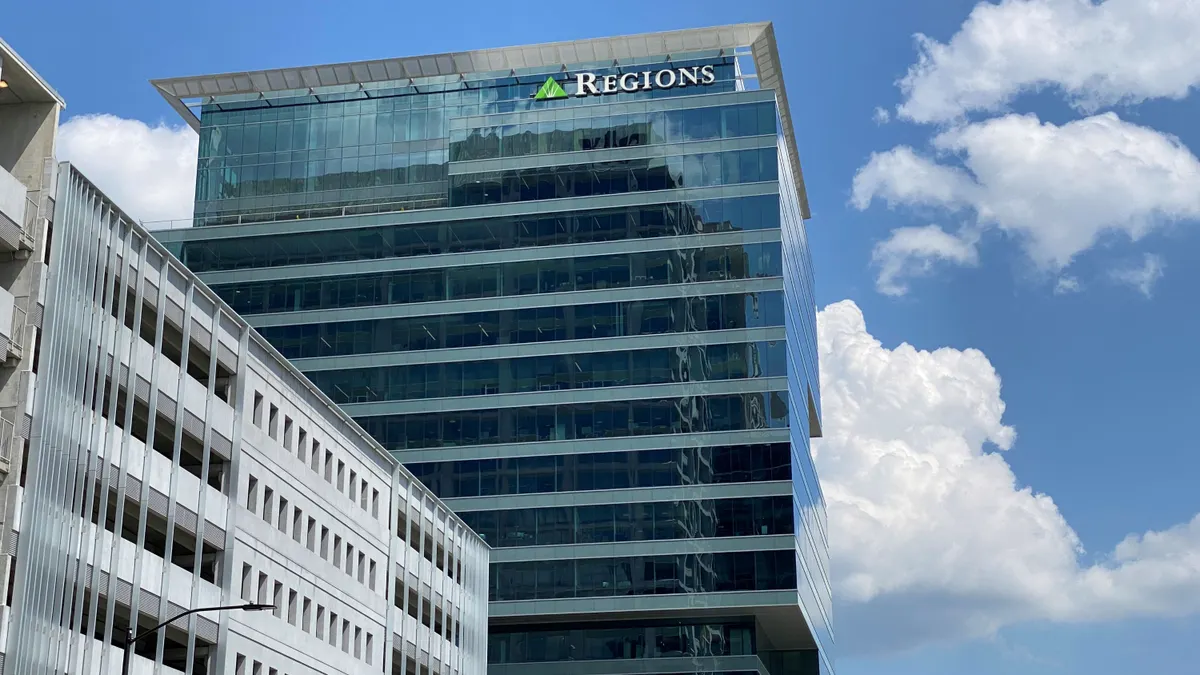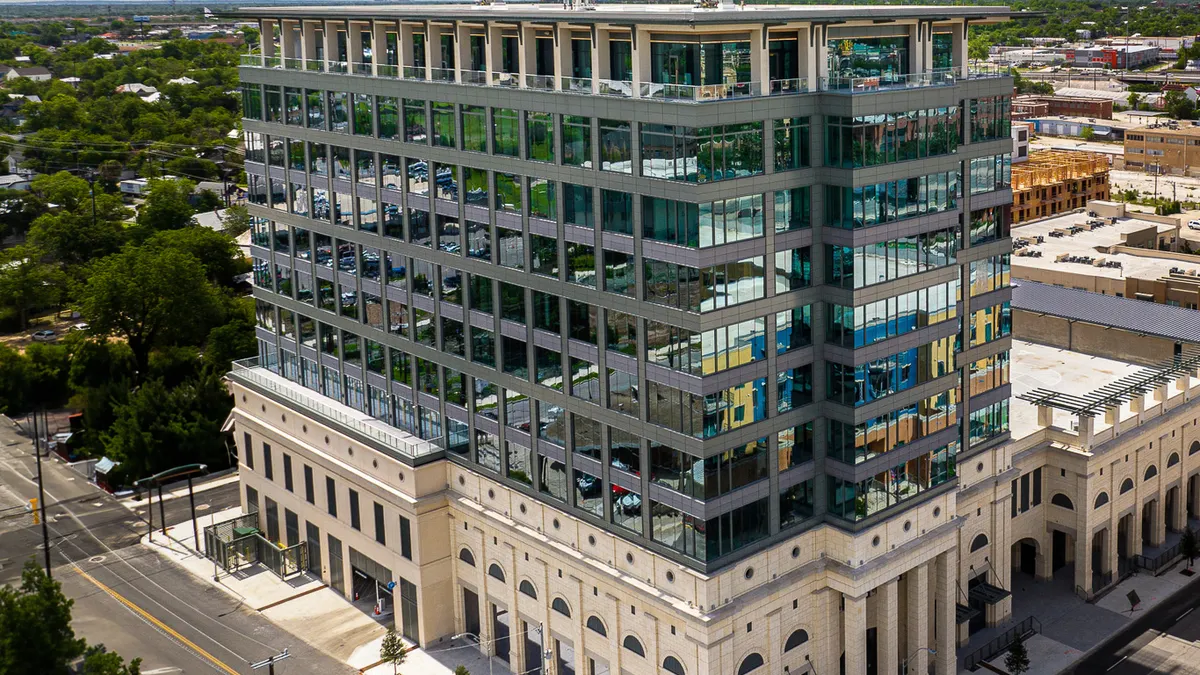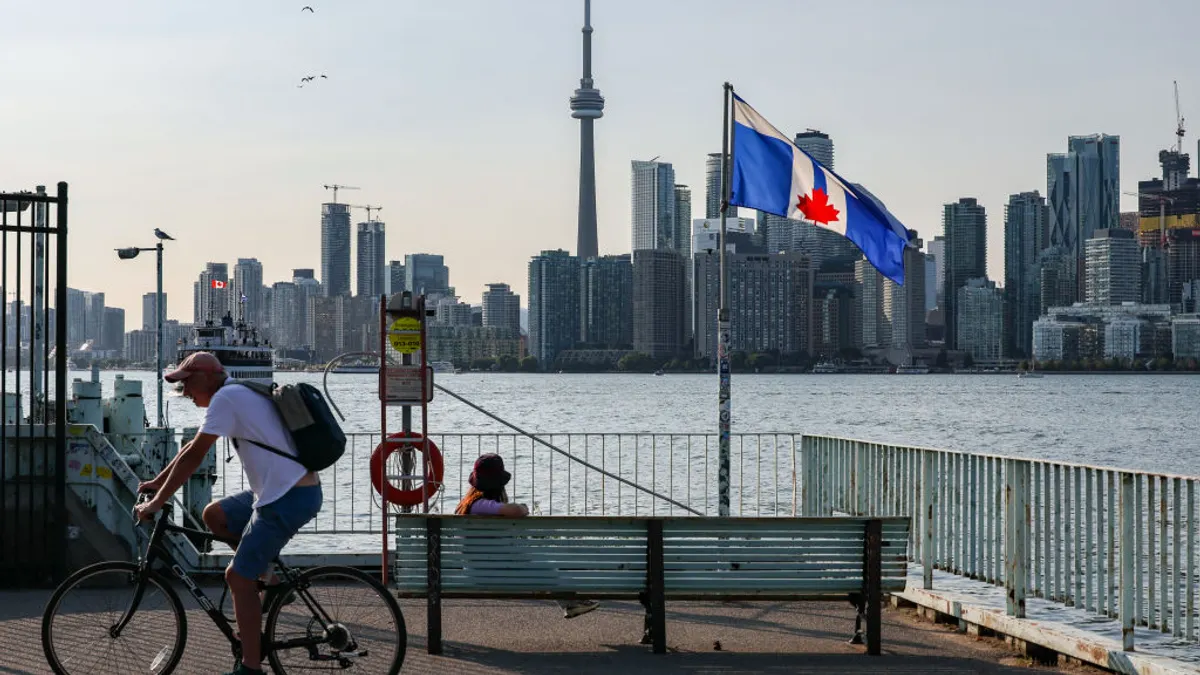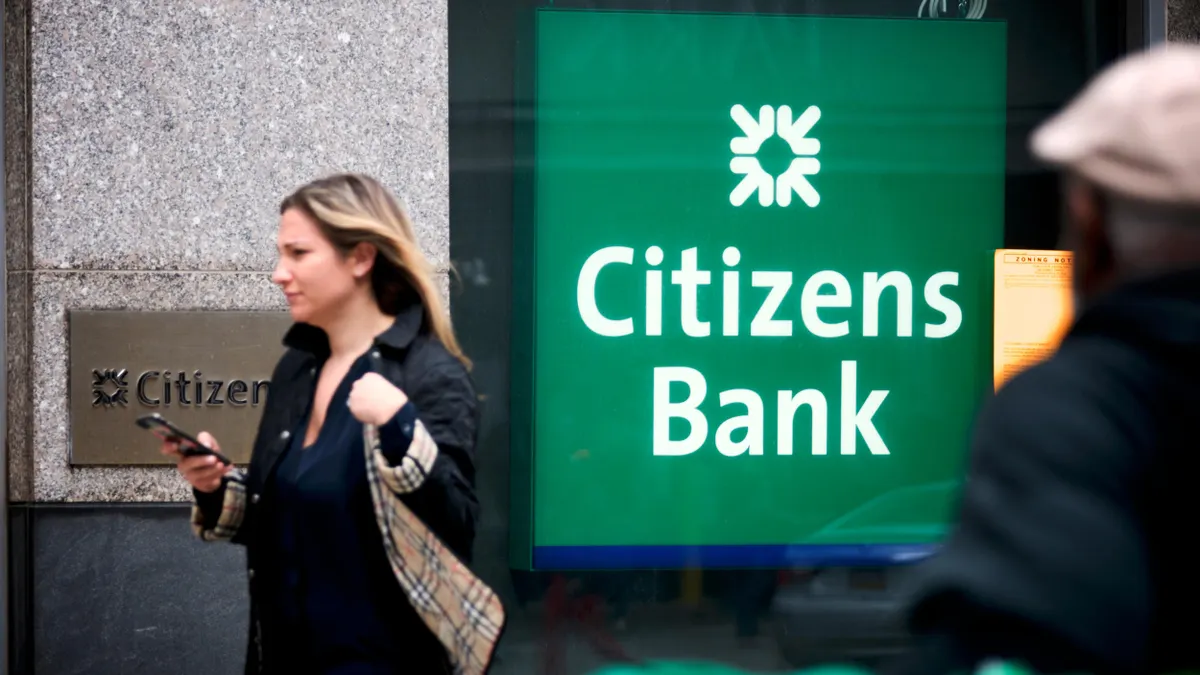The Southeast is on Citizens Bank’s radar. But unlike many of its competitors, the Providence, Rhode Island-based lender is more focused on bolstering its existing footprint than plotting an entrance into that market.
Nuno Dos Santos, head of Citizens’ retail branch network, said the bank sees more of an organic growth opportunity in building out its presence in areas it’s more recently planted a flag, such as New York, rather than entering a new market and opening a bunch of branches, Dos Santos said during a recent interview.
Dos Santos did, however, note Citizens’ small South Florida presence among its roughly 1,000 branches.
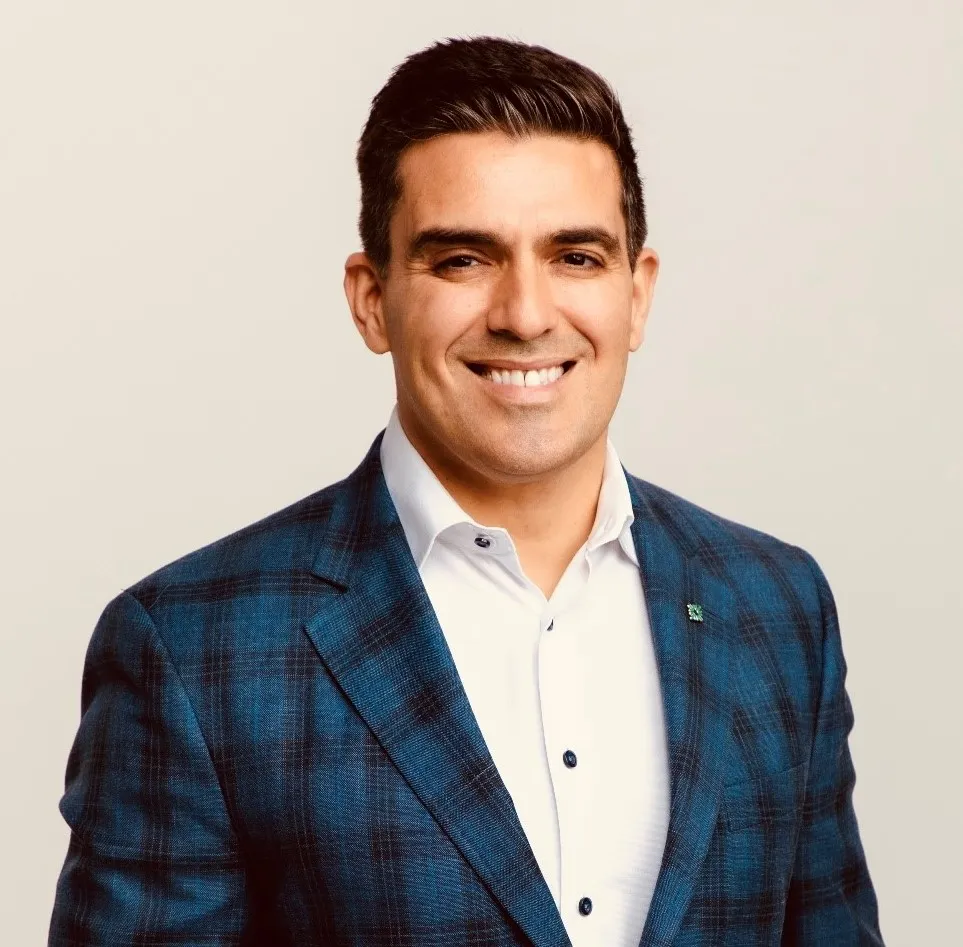
“The distribution that we have today across the 14 states, we continue to invest there” by renovating some branches and repositioning its presence in other communities, he said. “The priority is there.”
Expansion in the Southeast region has been a target for the likes of Fifth Third, Huntington and super-regional PNC.
“I wouldn’t call out an individual state to say, ‘Hey, we have to be there and we’re not there today,’” Dos Santos said. “I think we’re pretty content with where we are, and we continue to invest in the network.”
Assessing the $220 billion-asset bank’s physical distribution is an ongoing exercise, in both new markets and growth areas, Dos Santos said. The bank’s 2022 acquisitions of HSBC’s East Coast branches and New Jersey-based Investors Bank added New York City, the mid-Atlantic and South Florida to a footprint that already emphasized New England and the Philadelphia area. Citizens also counts about 140 branches across Michigan and Ohio.
Now, after that expansion, the focus is on being “aggressive” in reinvesting in the bank’s existing network, Dos Santos said.
The bank declined to provide a monetary figure for the investment, which includes shrinking and redesigning branches. Once close to 7,000 square feet, the bank’s new or renovated branches are now around 2,000 to 3,000 square feet, with far less emphasis on transactions and more on space for banker conversations with clients.
Where the bank’s clients used to come in regularly to deposit paychecks, “now they come two or three times a year, and so we have to create a really great experience that is advice-centric and really sophisticated,” Dos Santos said.
As the bank doubles down on deeper relationships with clients, it’s also reevaluating what is essential to its business. Citizens said last week it’s selling $1.9 billion of “non-core” student loans.
Dos Santos said the bank has worked to right-size branches over the past decade. During a remodel, a branch typically closes for 60 to 90 days and is given an interior and exterior “facelift,” he said. Extra space after a renovation might be used for employee training, he added.
The bank has transformed about 40% of its legacy footprint – excluding newly acquired branches – and built 30 new branches since 2016, Dos Santos said. New openings are planned in Massachusetts, Florida, New York and Pennsylvania.
After entering the New York metro area three years ago, the bank’s deposits in that market grew about 10% from June 2023 to June 2024. Citizens sees further room to grow there, and lessons learned from that retail expansion may benefit the bank’s future moves.
Citizens’ national digital bank, too, has helped in its New York growth, Dos Santos said. The lender has about 174 branches across the tri-state metro area, but Citizens has had to be smart about how it spends its marketing dollars in a market that large and competitive, he said.
“New York's a big market, the biggest in the country. How do we gain relevance from neighborhood to neighborhood, and community to community?” Dos Santos said.
That mindset led the bank to do things like support and sponsor the New York City Marathon and an open-air market in Queens, and have employees volunteer in the community. Fostering those organic ties helps the bank stand out, he said.
Some of those efforts were “a first for Citizens” and “you can apply it across any of our markets,” Dos Santos said. Still, “it’s different from market to market; it’s not one playbook across our entire footprint.”
To resonate with a newer market, talent, too, is paramount – not just who’s leading the teams in the market, but also the makeup of the colleagues in branches, Dos Santos said.
“In New York, we have been very thoughtful and strategic about knowing the communities that we’re in, and building talent that can connect to those communities,” he said. “That’s going to ring true in any market that you’re in.”



